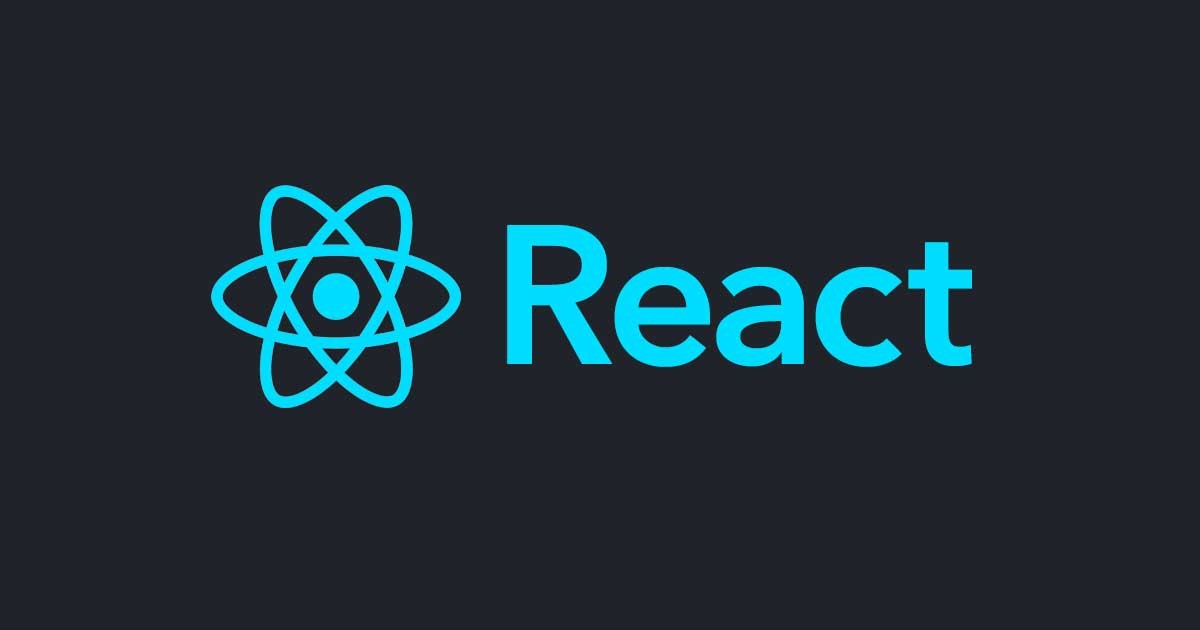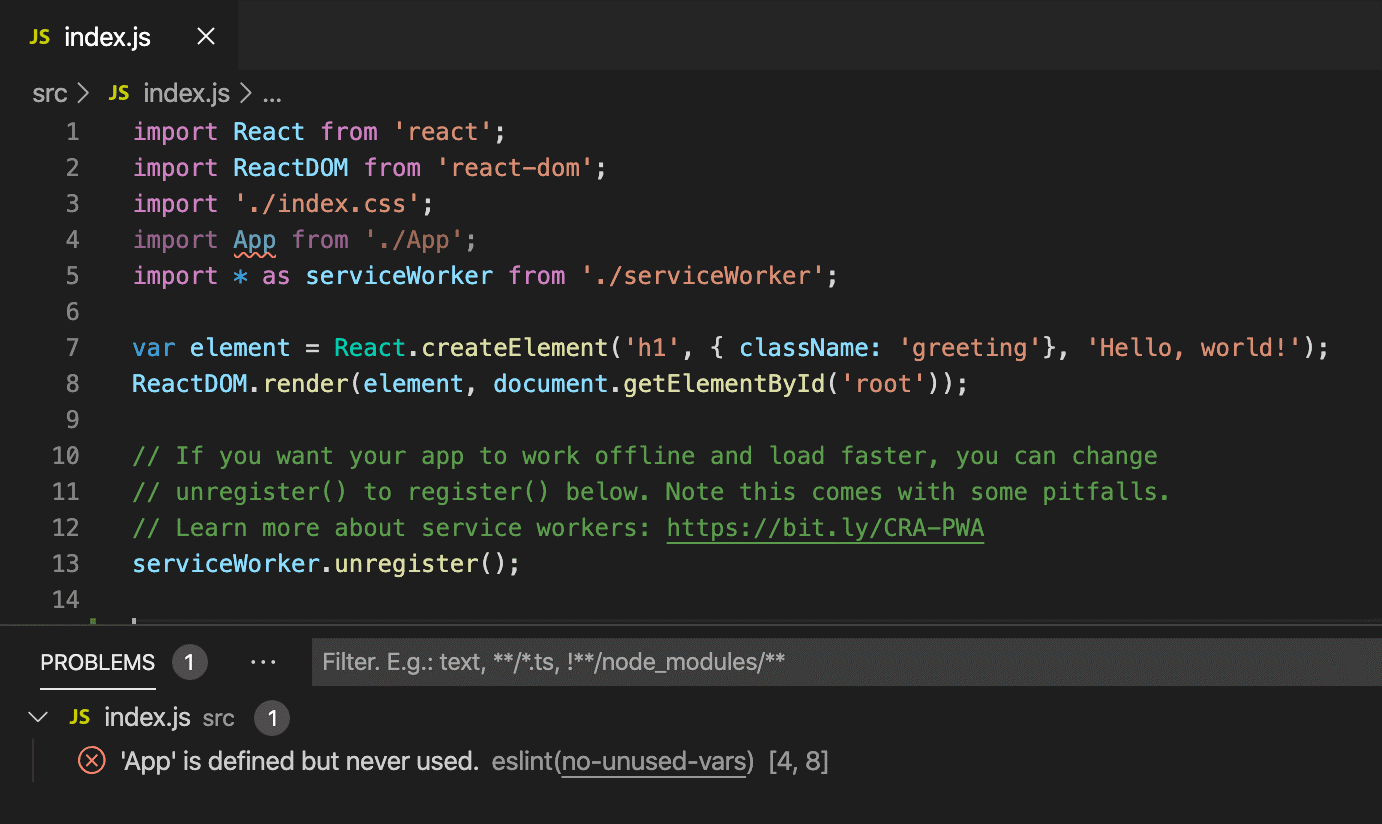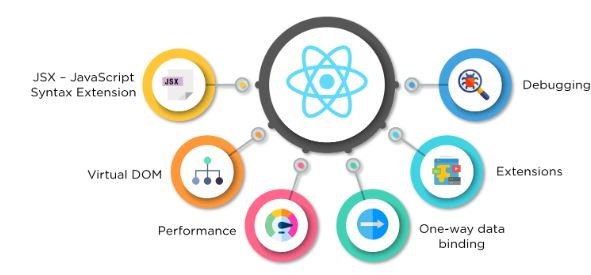
React is an open-source JavaScript library used for creating interactive, dynamic and fast user interfaces for web and mobile applications. It is highly flexible, efficient and component-based front-end library that responsible for the layer of mobile and web applications. In the field of web development React is the most popular front-end library. It is used by top corporations such as Facebook, Instagram, PayPal, Airbnb, Uber etc. React was created by Jordan Walke, a software engineer at Facebook.

Easy to create dynamic applications - React requires less coding and offers more functionality, as opposed to JavaScript, where coding often gets complex very quickly. Therefore, react makes it easier to create dynamic web applications.
Improve the performances - React uses Virtual DOM, therefore it creates web applications faster. Virtual DOM compares the components’ previous states and updates only the items in the Real DOM that were changed, instead of updating all of the components again, as conventional web applications do.
Components are reusable - Any React application components are the building blocks. A single app usually consists of multiple components. These components have their logic and controls. In turn dramatically reduces the application’s development time, they can be reused throughout the application.
Unidirectional data flow - React follows a unidirectional data flow. When designing a React app, developers often nest the child components within parent components. It becomes easier to debug errors and know where a problem occurs in an application at the moment in question when the data flows in a single direction.
Small learning curve: It mostly combines basic HTML and JavaScript concepts with some beneficial additions. So, it is easy to learn. The case with other tools and frameworks, you have to spend some time to get a proper understanding of React’s library.
Use for develop both web and mobile applications - We already know that React is used for the develop the web applications, but there is a framework called React Native, derived from React itself, that is hugely popular and is used for creating beautiful mobile applications. Therefore, React can use for making both web and mobile applications.
Easy debugging by dedicated tools - Facebook has released a Chrome extension which can use to debug React applications. It makes the process of debugging React web apps faster and easier.

JSX
JSX stands for JavaScript XML and is the syntax used by React. It enables the mixing of JavaScript with HTML and makes HTML to be embedded in the React JavaScript code. By the pre-processors such as Babel, this format is rendered to the normal browser JavaScript. This syntax can significantly boost the performance of rendering and when it comes to component-based architecture, it has good readability.
Virtual DOM
Actually, the regular DOM is an object containing all the HTML tags as nodes. Whenever there is a change, it has the ability to do the updates to itself. Now the issue with the regular DOM is that it is not designed in such a way that only the changes made to it are updated. In regular DOM, the updating happens to the entire tree of nodes and thus wasting a lot of resources and time.
Performance
Owing to the Virtual DOM, excellent state management and the component-based architecture the performance of React surpasses or is in par with many of its competitors.
One-Way Data Binding
One-way data binding keeps everything modular and fast. It means that when a developer designs a React app, they often nest child components within parent components. This way, a developer knows where and when an error occurs, giving them better control of the whole web application.
Extensions
React goes beyond simple UI design. It has many extensions that offer complete application architecture support. It provides server-side rendering, which entails rendering a normally client-side only web application on the server, and then sends a fully rendered page to the client. React also employs Flux and Redux extensively in web application development. There is React Native, a popular framework derived from React, used to create cross-compatible mobile applications.
Debugging
These applications are easy to test due to a large developer community. Facebook even provides a small browser extension that makes React debugging faster and easier.
